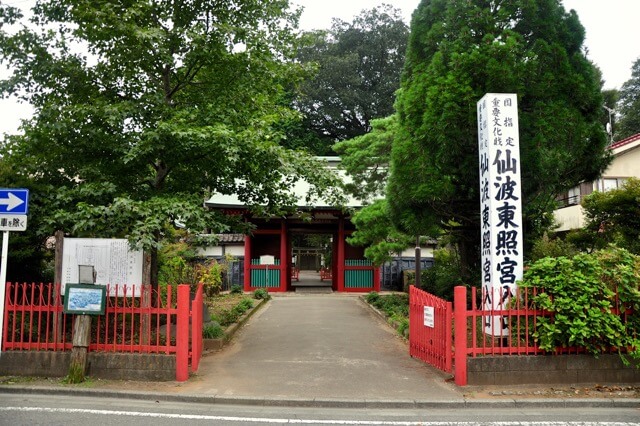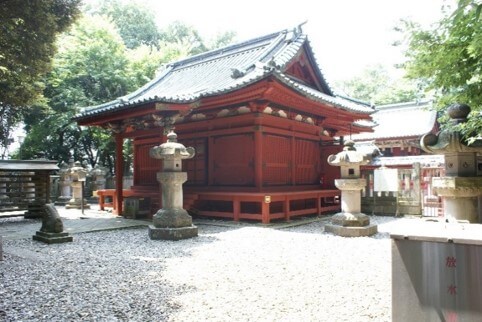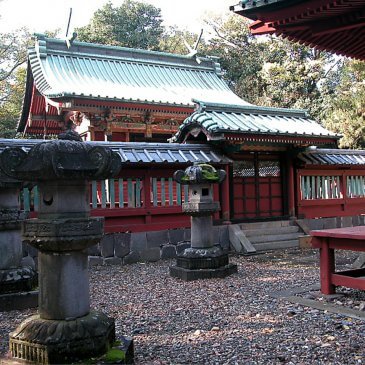The fascinating life of the honorable Tokugawa Ieyasu came to an end as he reached the age of 75, at the Sumpu Castle on April 17th, 1616. According to his will, he requested for his body to be buried in Mount Kuno, and then on the first anniversary of his death, relocated to be enshrined in Nikko.
On March 15th, 1617, a large procession, led by Tenkai Sojo, departed from Mount Kuno in order to move Tokugawa Ieyasu’s body. It has been said that the procession consisted of more than 1,000 people. The coffin was placed on a vehicle that was pulled by people, rather than horses. The procession was gloriously decorated and looked like a celebration of a god, rather than a human being.
The procession arrived in Nikko on April 4th, 1617. In total, it took 19 days to transport the body. It has been said that the procession stayed in the current Semba City of Kawagoe, Saitama Prefecture, for four days, in order to hold a Buddhist memorial service at the Kitain Temple. This was because the leader of the procession, Tenkai Sojo, was the chef priest of this temple. Because of the connection, a statue of Tokugawa Ieyasu was also enshrined at the Kitain Temple in the same year.
This event is considered as the beginning of the Semba Toshogu Shrine, because in those days, Kitain temple managed Semba Toshogu shrine as well, and the two were considered as the same religious site. Due to the separation of Shinto from Buddhism, which was introduced after the Meiji Restoration, the shrine and temple were separated, thus creating the Semba Toshogu Shrine.
On November 16th, 1633, Tenkai Sojo built a shaden, which is a type of shrine building, on Kitain Temple’s grounds. This building later suffered from a disastrous fire, but thanks to the third shogun, Tokugawa Iemitsu, the building was rebuilt. Ever since this time, both the Kitain Temple and the Semba Toshogu Shrine have been given support from the government so that they may remain in the same elegant shape as they always have been.



